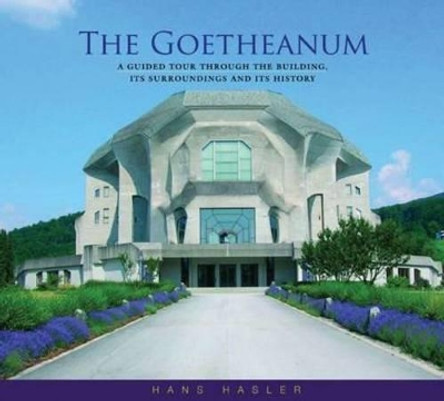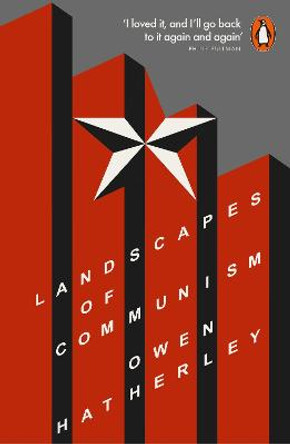Description
About the Author
Allan Doig read Architecture at King's College, Cambridge, where he also completed a PhD. After a number of years as a university lecturer in the History of Art at the University of Kent, Canterbury, he was ordained, and during his curacy at St Helen's in Abingdon was responsible for the restoration of the fourteenth-century painted ceiling in the Lady Chapel there. From his curacy he took up the Chaplaincy of Lady Margaret Hall in the University of Oxford and was elected to a Fellowship in 1996. He has served on the Oxford Diocesan Advisory Committee for the Care of Churches, the Council for the Care of Churches, English Heritage's Places of Worship Advisory Committee, and the Fabric Advisory Committees of Salisbury and Ely Cathedrals, and he has also published many books and articles on the history of church architecture. He is a Fellow of both the Society of Antiquaries and the Royal Historical Society.
Reviews
Allen Doig has written an important and informative book; read it. * Brett Donham, Anglican and Episcopal History *
This book is a well-illustrated pleasure to read, as the reader tours diverse sites from the essential epicentres of Hagia Sophia, the Cathedral of the Dormition in Moscow and St Peter's in Rome, to God's House at Ewelme in Oxfordshire and the Crimean Memorial Church in Istanbul via Cordoba and Aachen, finally concluding in Coventry. * Ayla Lepine, Modern Believing *
Doig's architectural perspective offers fresh insights into centuries of Christian history. * W.L.Pitts, CHOICE Connect, Vol. 59 No. 8 *
This is an extraordinarily learned book, both architecturally and theologically. It is worth living with the eccentricities for the riches embedded in such an attractive, readable and scholarly text. * Stephen Platten, The Living Church *
It is a well-written work, replete with insightful information, and should be required reading in a course on ecclesiology. * Peter C. Phan, Catholic Books Review *
Doig's book underscores the patently important role that church buildings played and continue to play in Christian, non-Christian, and post-Christian societies. Readers will appreciate the accessible treatment of the monuments; their contextualization through the use of primary sources; and the author's apt and intelligent commentary. In the middle of a pandemic, with severe travel restrictions still in place, Doig's lively descriptions and unbridled enthusiasm for these buildings allowed us to travel, and he reminds us that what is built for worship and wonder is worth its own story. * Vasileios Mari, Marginalia Review of Books *
The book serves as an excellent introduction to particular buildings, especially those that are not normally taught in the context of a university in the United States.... it is an episodic account of the wonderful, weird, and glorious aspects of ecclesiastical architecture and its patrons. * Vasileios Marinis, The Marginalia Review of Books *
[An] ambitious study... [a] well-illustrated tour of the Christian world's greatest landmarks of the base, earthly instincts that are intertwined in such heavenly buildings. * Peter Stanford, The Sunday Telegraph *
The buildings in this book have epic stories to tell, and Doig has a tremendous knack for telling them. * Alison Shell, Times Literary Supplement *
Doig's volume engages with a broad geographic range of key buildings and provides an accessible history of Christianity, engagingly told through its monuments and architecture. * Claire Nesbitt, Journal of Antiquity *
This is a fascinating approach linking history with architecture and therefore the spaces of ritual and ceremony implying certain types of relationship. * David Lorimer, Paradigim Explorer *
Each chapter examines a church in an original way, a thousand miles from usual guidebook historical rat-runs. * Christopher Howse, Spectator *
What a treat to be taken on a tour of sacred sites in Rome and Istanbul, Moscow and Jerusalem, Aachen, Paris, Cordoba - and Ewelme and Coventry - by the Revd Dr Allan Doig! An architect, priest, and scholar, he is an expert guide: one who has walked these streets many times before; one who has read widely and long reflected on how faith and architecture intersect... no reader could resist the combination of scholarship and enthusiasm which runs throughout the volume, and it provokes the hope that others might follow its lead. * William Whyte, Church Times *
This is a fascinating approach linking history with architecture and therefore the spaces of ritual and ceremony implying certain types of relationship... 12 buildings are chosen and illustrated... all of which provide a multifaceted and a vivid picture - 'a standing history of passing waves of humanity.' * Paradigm Explorer *
an excellent introduction to particular buildings it is an episodic account of the wonderful, weird, and glorious aspects of ecclesiastical architecture and its patrons In Doigs experienced hands, the chosen sites make for scintillating and colorful stories the greatest strength of the book is that the general public will find it a rewarding readingdare I say a page-turner? In this one book, any interested reader can learn about Constantine and Putin, about Aachen and Istanbul, about medieval English chantries and mosques turned to cathedrals in Spain. * Vasileios Marinis, Marginalia *
The most distinctive feature of this book is that it focuses not only on the church buildings themselves but also on the thoughts, feelings, and behaviors of the people behind the buildings, paying attention to the historical process of the interaction between people and the building, as well as the history shaped by it. This book is suitable for scholars and a general readership interested in church history and the history of religious art. * Wei Xiong, Religious Studies Review *
Book Information
ISBN 9780199575367
Author Allan Doig
Format Hardback
Page Count 392
Imprint Oxford University Press
Publisher Oxford University Press
Weight(grams) 842g
Dimensions(mm) 245mm * 165mm * 25mm








